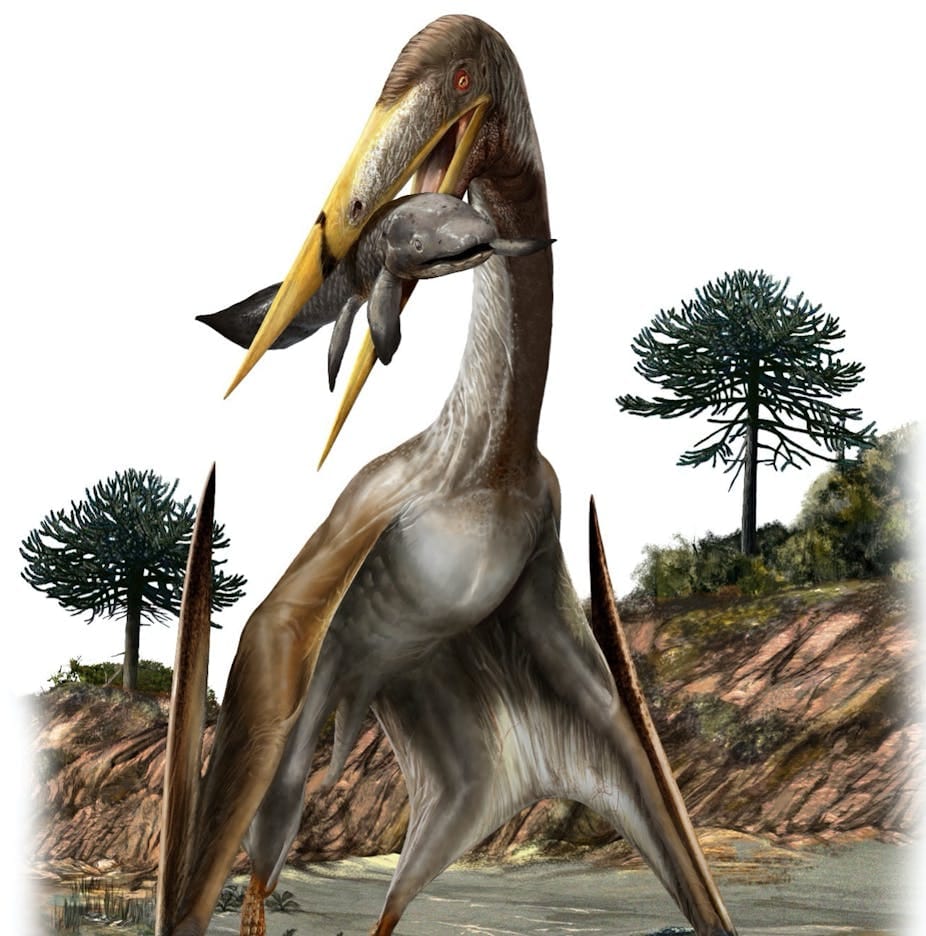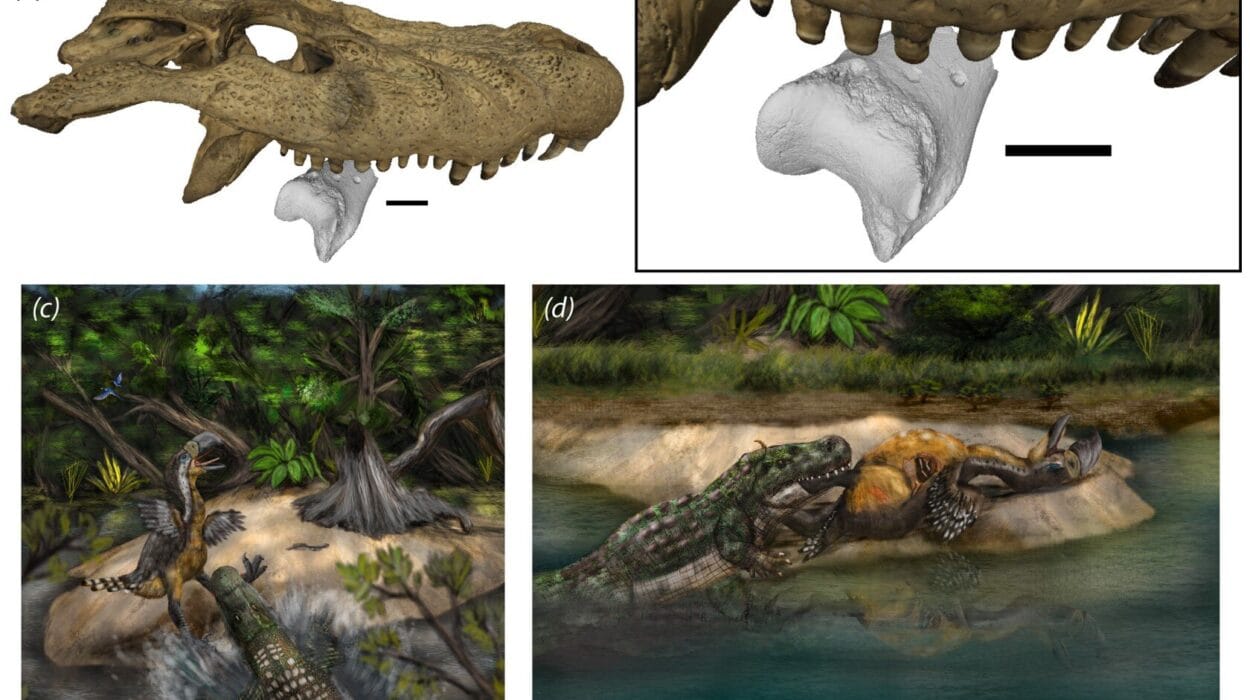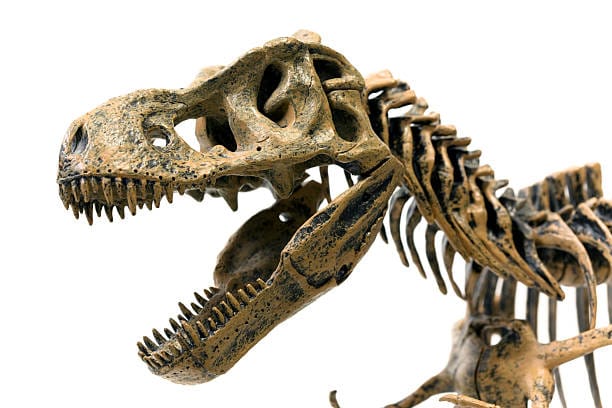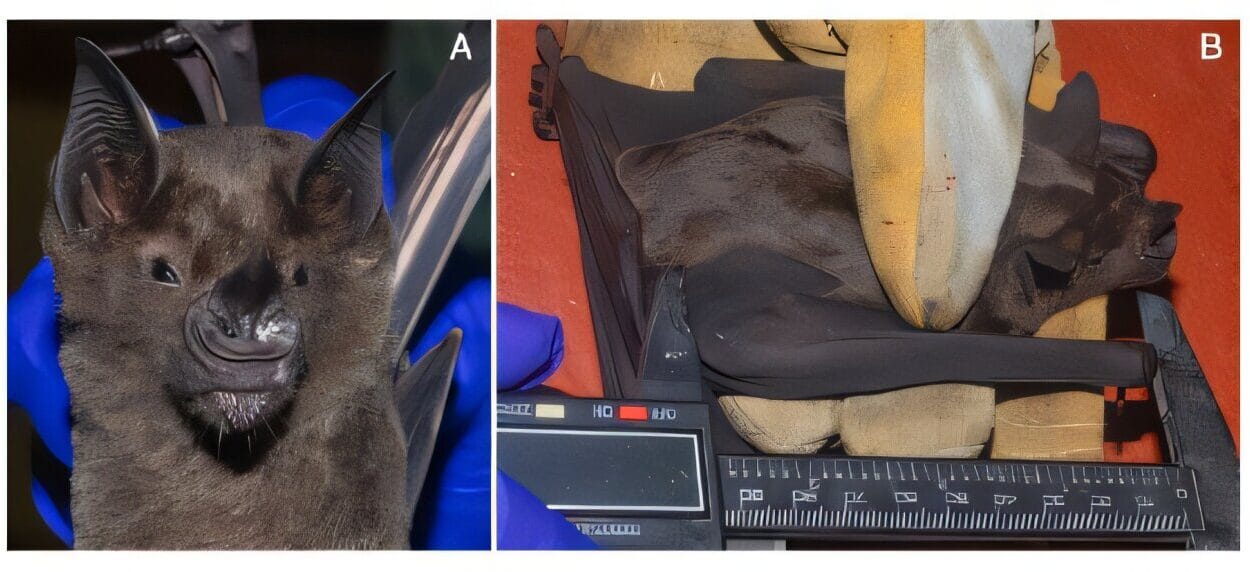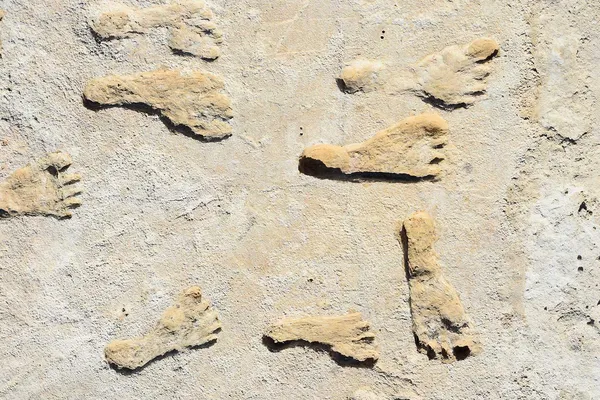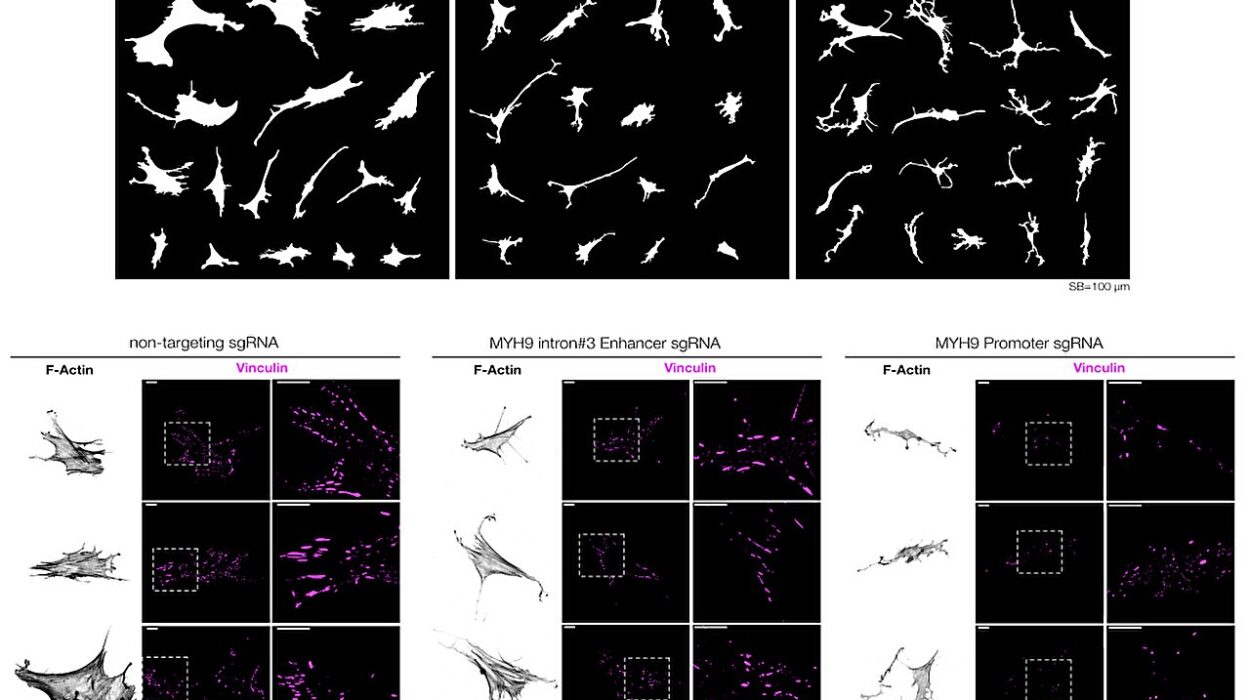They soared across the prehistoric skies long before birds evolved, casting shadows that terrified small creatures below. With wingspans that sometimes reached the length of a school bus, eyes sharp as obsidian, and membranes stretched like sails between elongated fingers, pterosaurs were the rulers of the air in a world dominated by giants. But despite their fearsome appearance and their ancient lineage, pterosaurs were not dinosaurs.
This simple truth is one of the great misunderstandings in popular science. Often grouped together in museum exhibits, books, and films, pterosaurs are frequently mistaken for “flying dinosaurs.” But they were something else entirely—another evolutionary branch from the same ancient tree, one that followed a different path into the skies while their earthbound cousins thundered below.
Understanding how pterosaurs differed from dinosaurs isn’t just an exercise in classification. It’s a doorway into one of evolution’s most daring experiments: flight. It’s a story of bones made hollow for lift, of membranes evolved for soaring, and of creatures that once danced in the thermals above a Triassic landscape, never to return. It’s also a testament to the extraordinary diversity of life, and the subtle but profound ways evolution can sculpt two related species into such different forms.
Two Branches, One Tree
To understand the difference between pterosaurs and dinosaurs, we must go back more than 230 million years, to the Late Triassic period, a time when the Earth was still recovering from one of the worst mass extinctions in its history. The landmasses of the planet were fused into a single supercontinent called Pangaea, stretching from pole to pole. Deserts sprawled across its interior, while dense forests and coastal wetlands hugged its shores.
In this crucible of heat and instability, reptiles flourished. Among them were the archosaurs—”ruling reptiles”—a group that would give rise to three very different lineages: crocodilians, dinosaurs, and pterosaurs. While crocodilians stayed close to the water and became semi-aquatic ambush predators, dinosaurs took to the land and diversified into everything from two-legged predators like Velociraptor to long-necked behemoths like Brachiosaurus.
Pterosaurs, however, took to the air.
This divergence didn’t happen overnight. Pterosaurs and dinosaurs evolved from a common ancestor, but they did so in radically different ways. And while they lived side by side for over 150 million years—sharing ecosystems, predators, and prey—they remained biologically and anatomically distinct.
Wings Built on Fingers
The most striking feature that sets pterosaurs apart is their wings. Unlike birds, which evolved flight through modifications to the arm and hand bones (with feathers anchored to a shortened, fused wing), pterosaurs developed a completely different structure. Their wings were essentially formed by an extraordinary elongation of the fourth finger—what would be our ring finger—which extended out to support a membrane of skin and muscle stretching from the fingertip to the body, and sometimes even to the legs or tail.
This membranous wing was a marvel of biological engineering. It wasn’t just skin—it included layers of stiffening fibers called actinofibrils, and in some species, even a complex network of muscles and blood vessels. The wing’s inner architecture made it strong, flexible, and capable of rapid adjustments in flight. This allowed pterosaurs to perform everything from long glides to agile aerial maneuvers, depending on the species.
Dinosaurs, by contrast, never evolved such wings. Even their closest relatives, the birds, followed a different path, evolving feathers long before they could fly and using them initially for insulation or display. True flight in dinosaurs—through birds—came much later, and only through the evolution of a completely different structure: a feathered forelimb adapted into a wing.
Hollow Bones, but Not the Same Body
Both pterosaurs and theropod dinosaurs (like T. rex and Velociraptor) evolved hollow bones—an adaptation that helped reduce weight for either speed or flight. But pterosaur skeletons took this to an extreme. Their bones were not just hollow but remarkably thin-walled, almost paper-like, supported by internal struts much like the spars of a modern airplane wing.
This lightness came at a cost. Pterosaur fossils are incredibly delicate, and as a result, relatively few complete skeletons have been preserved. Most of what we know about them comes from rare fossil beds like the Solnhofen Limestone in Germany, where rapid burial in oxygen-depleted lagoons allowed for exceptional preservation.
Dinosaurs had more robust skeletons, especially in the massive sauropods or armored ankylosaurs. Even the lighter theropods were sturdier than the frail-boned pterosaurs. Their evolutionary strategies were grounded—sometimes literally—in strength, speed, or armor, while pterosaurs gambled everything on air.
Walkers of a Different Kind
While pterosaurs spent much of their time aloft, they also walked on land—and here again, they differed significantly from dinosaurs. Trackways discovered in locations like France, South Korea, and the western United States show that many pterosaurs were quadrupeds. They walked on all fours, using their short hind legs and the three free fingers of their wings to support their weight.
This mode of locomotion contrasts sharply with most dinosaurs, which were bipedal or, in the case of some plant-eaters, facultative quadrupeds. A pterosaur walking on land would have looked like nothing else—imagine a creature built for the sky, folding its enormous wings like umbrellas and striding across mudflats on elongated limbs, its head often disproportionately large compared to its body.
Some pterosaurs, particularly the giant azhdarchids, were well adapted to walking. They had long, column-like limbs and a more upright gait, allowing them to stalk prey on the ground like storks or cranes. In contrast, the earliest pterosaurs were probably more tree-dwelling and relied heavily on gliding.
Heads Full of Wonder
Another striking difference lies in their skulls. Pterosaurs had skulls that often defied belief—elongated, crested, sometimes toothless, and often adapted to highly specific feeding niches. Some had spear-like jaws for catching fish, others had blunt teeth for crushing shellfish, and still others had beaks with no teeth at all. The variety was staggering.
Some of the most spectacular pterosaur fossils reveal creatures with absurdly large head crests. These crests, sometimes taller than the body itself, may have been used for sexual display, thermoregulation, or even flight stability. One species, Tupandactylus, had a crest so large and colorful it would have looked like a prehistoric billboard soaring through the air.
Dinosaurs, too, had elaborate skull ornamentation—horns, frills, domes, and crests—but the architecture was different. The purposes may have been similar—mating displays, species recognition, or combat—but the structures evolved independently.
Scales, Fur, and Feathers
One of the most revolutionary findings in paleontology in recent years has been the discovery of pycnofibers—hair-like filaments covering the bodies of some pterosaurs. These were not fur in the mammalian sense, nor feathers like those of birds, but a unique kind of body covering that may have served a similar function: insulation, perhaps, or display.
This discovery has led scientists to reconsider the appearance of pterosaurs. Far from being scaly, leathery-winged monsters, many were likely fuzzy, warm-blooded creatures. This aligns with what we now know about many dinosaurs, particularly theropods, which also had feathers or proto-feathers. It’s possible that the common ancestor of pterosaurs and dinosaurs was at least partially covered in filamentous structures—a kind of prehistoric fuzziness that challenges old ideas of cold-blooded reptilian dominance.
But while feathers became central to bird evolution, leading to powered flight in dinosaurs, pterosaurs retained their pycnofibers and wing membranes. Their thermal regulation systems evolved independently, as did their entire way of staying aloft.
Different Ends, Shared Fate
Pterosaurs and dinosaurs both flourished for over 150 million years, adapting to every continent and ecosystem. They shared a world teeming with volcanoes, shifting seas, and changing climates. Yet in the end, they both met the same fate.
Sixty-six million years ago, a massive asteroid struck Earth near what is now the Yucatán Peninsula, triggering one of the most catastrophic mass extinctions in the planet’s history. In the aftermath of the impact, global temperatures plummeted, wildfires raged, food chains collapsed—and the great age of reptiles came to an end.
All non-avian dinosaurs were wiped out, along with the last of the pterosaurs. The skies, once filled with the gliding silhouettes of creatures like Pteranodon and Quetzalcoatlus, went silent.
Yet their legacy endures. Birds, the only living descendants of dinosaurs, carry their ancestors’ genes into the modern age. And in the fossil record, the bones of pterosaurs continue to whisper the story of a parallel experiment in flight—one that succeeded spectacularly, and then vanished forever.
The Resurrection of Wings in Stone
For decades, pterosaurs were misunderstood. Early reconstructions depicted them as awkward gliders, barely able to lift themselves into the air. Some scientists imagined them as tree-dwellers that merely parachuted from branch to branch. But modern science has given them back their dignity.
We now know that pterosaurs were capable fliers—some of them, like Quetzalcoatlus, likely launched from the ground with explosive power, using all four limbs in a leap akin to a vampire bat. Others soared over oceans, riding thermals for days, snatching fish mid-dive, perhaps sleeping on the wing like modern albatrosses.
They were not just flying reptiles—they were the first vertebrates ever to achieve powered flight. And for millions of years, they ruled the air.
Why the Distinction Matters
Calling a pterosaur a “flying dinosaur” might seem like a harmless mistake. But in science, the distinctions matter. Pterosaurs were not dinosaurs—they were their own branch of the archosaur lineage, with their own evolutionary story, biology, and adaptations. Understanding this distinction helps us appreciate the full richness of life’s history.
It also humbles us. Evolution does not take a single path. It branches and loops, experiments and fails, succeeds and tries again. Dinosaurs and pterosaurs both started from similar beginnings, yet one took to the land, the other to the skies. One gave rise to the largest land animals ever known, the other to the largest flying creatures Earth has ever seen.
Their stories remind us that the past is not a straight line but a tapestry—and that every thread, no matter how short-lived, adds something essential to the whole.
Wings Beyond Time
When we hold a pterosaur fossil, we hold more than bone. We hold a question, written in stone: How does nature teach itself to fly?
Pterosaurs answered that question in their own way—gracefully, daringly, beautifully. Though they are gone, their legacy lives on in every flap of a bat’s wing, every model plane, every dream of flight. They were the first to rise above the Earth and look down, not as gods, but as animals who had mastered the wind.
And in their silence, we can still hear the whisper of wings.
